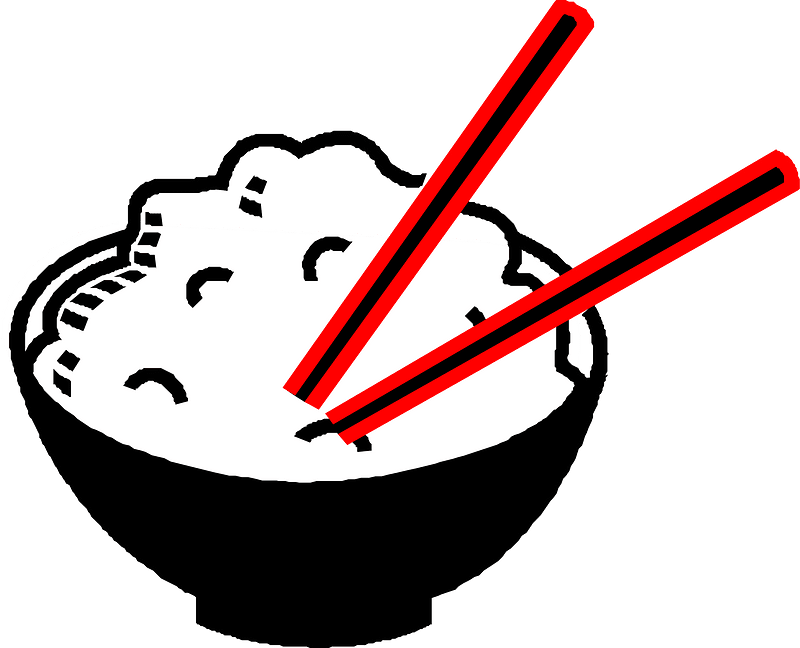Third World Liberation Front
•
Third World Liberation Front •
What was happening during the 1960s?
Civil Rights Movement
Vietnam War
The presidential election of John F. Kennedy
The assassination of President John F. Kennedy
The assassination of civil rights activist, Martin Luther King Jr.
Background
Toward the late 1960s, amongst the tumult of civil rights and anti-Vietnam war protests, a coalescence of Californian university students demanded increased representation of people of color within their respective curricula and institutions.
In 1968, San Francisco State University students established a multiracial coalition of students spanning a multitude of racial and ethnic backgrounds. Berkeley University similarly followed suit in 1969. For five months, students led and participated in on-campus strikes. They insisted that educational institutions address their flawed admissions processes that, for the majority, excluded non-white students from engaging in public higher education. Simultaneously, students pressed for university curricula’s incorporation of ethnic studies to provide a representation of people of color that had either been severely lacking or nonexistent.
Origins
This student-led movement originally emerged from the work of San Francisco State’s Black Student Union (BSU) which recognized the need to organize ethnic student groups to combat higher education’s singly Eurocentric lens on education. The BSU expedited the formation of the Third World Liberation Front– a collective alliance of themselves, the Latin American Student Organization, the Mexican American Student Confederation, the Intercollegiate Chinese for Social Action, the Native American Students Union, the Philippine American Collegiate Endeavor, and La Raza. Later, the Asian American Political Alliance became involved: the alliance’s later involvement was attributed to the fact that the identifier, “Asian American,” had yet to be created.
“Looking back into the past, it is incredible that we have taken so long to confront this problem of racism. We are relegated to second-class citizenship, and adding insult upon injury, we are told to be thankful for our blessings…Today, however, is the dawn of a new era.”
—–Larry Kubota
“Asian American”
“Asian American” originated from the minds of Berkeley graduate students, Emma Gee and Yuji Ichioka, who created it as an umbrella term, covering the diverse pan-ethnic identities of Americans of Asian descent. Preluding the inception of the term, people of Asian descent mainly referred to themselves as their specific ethnic subgroup (i.e.; Chinese American, Filipino American, etc.). The more expansive term, “Asian American” aimed to replace the term “Oriental” which maintains an extensive racist and colonial connotation.
The creation of the identifier demonstrated the emergence of a mass racial consciousness among Asians as well as a demand for social justice, sparking the lesser-known Asian American Movement.
Asian Population
The movement began with small-group meetings between, predominantly, East Asian university students. During the 1960s, the nation saw an influx of Asian-identifying students attending university. However, as an Asian student populace began to establish itself within American academic institutions, mutual feelings of alienation amongst them ultimately prompted a confrontation between themselves and the institutions that endorsed racial prejudice.
Asian Americans’ shared subjugation to harmful stereotypes such as the “perpetual foreigner” sowed the seeds for unity and, subsequently, an uprising.
Perpetual foreigner stereotype: the xenophobic and nativist conviction that naturalized and/or native-born citizens are ‘foreign’ appertaining to their race or ethnicity.
“There were so many Asians out there in the political demonstrations but we had no effectiveness. Everyone was lost in the larger rally. We figured that if we rallied behind our own banner, behind an Asian American banner, we would have an effect on the larger public. We could extend the influence beyond ourselves, to other Asian Americans”
—–Yuji Ichioka
Written by Emma Choy
